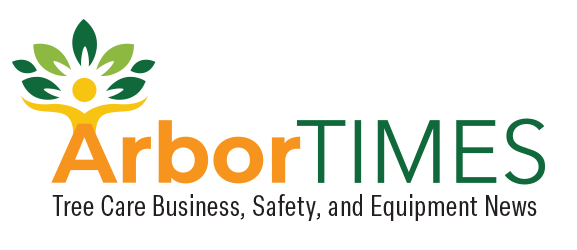A World of Forest Pests and Diseases
The Massachusetts Department of Conservation and Recreation’s Forest Health Program
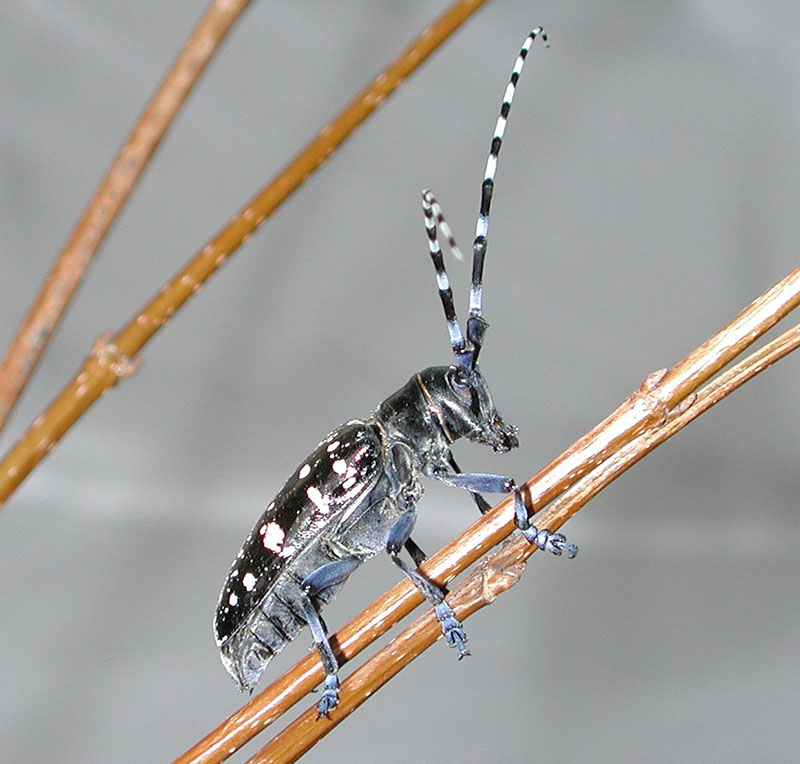
It was a warm summer day last year when I found myself inspecting beech tree damage and decline at a private resident’s home on the east coast of Massachusetts. This was only one of dozens of reports we had been investigating last spring and summer and, much like the others, was confirmed to be beech leaf disease. Beech leaf disease (BLD) is a newly described disease that was first identified in the U.S. in Ohio in 2012. Here in Massachusetts, it was first detected in 2020 in Plymouth. Since that initial detection, we have confirmed cases of BDL in every county in the state.
This homeowner took me through the property to two beautiful and old American Beech trees. As I walked closer to the trees, I immediately noticed the dark striping in between the veins of the leaves that indicates BLD. I plucked a couple of the damaged leaves and explained the disease to the homeowners. They asked if there was anything they could do to help the trees and I sadly shook my head, no. Unfortunately, it is still too early in the research stage of BDL to have yielded any beneficial treatment options. The homeowners were devastated.
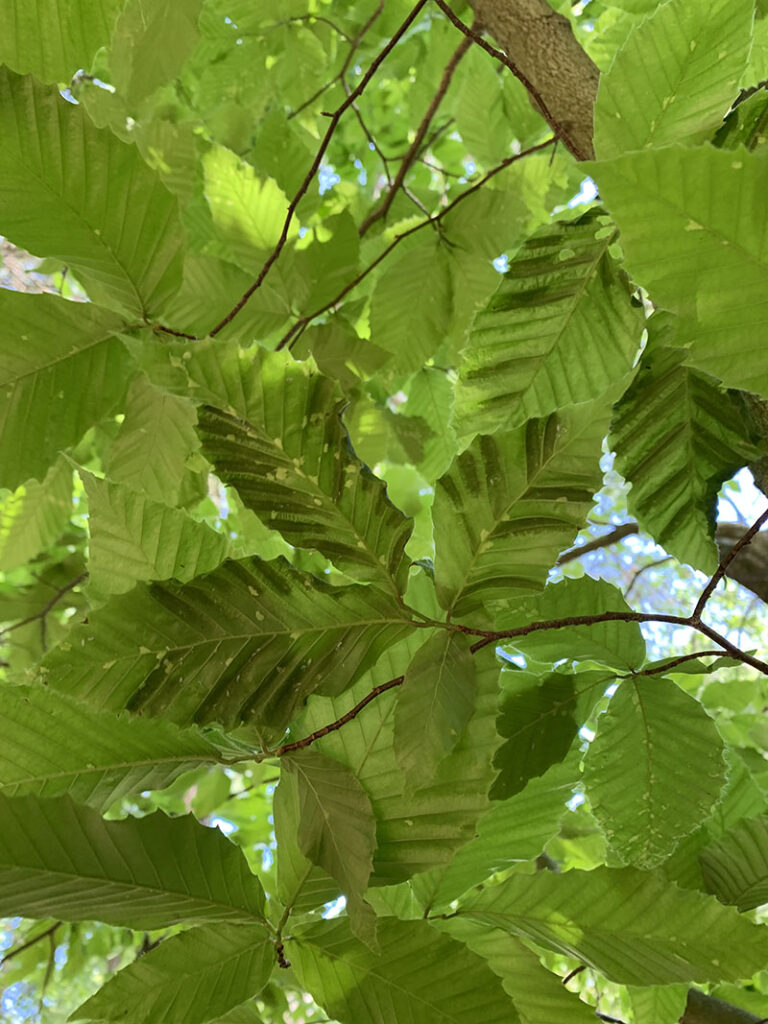
I wish I could say that was the only time I’ve delivered bad news about the health of a tree or trees, but it isn’t. As a Forest Health Specialist for the Massachusetts Department of Conservation and Recreation’s (DCR) Forest Health Program this is an unfortunate part of my job.
The DCR Forest Health Program monitors the state’s forests for signs or symptoms of insects and diseases. We use a variety of methods and tools to detect and quantify forest threats including trapping, sampling, visual ground surveys utilizing binoculars and even aerial surveys where we fly over the entire state and map disturbances in the forest canopy. When something is found it is assessed and recorded.
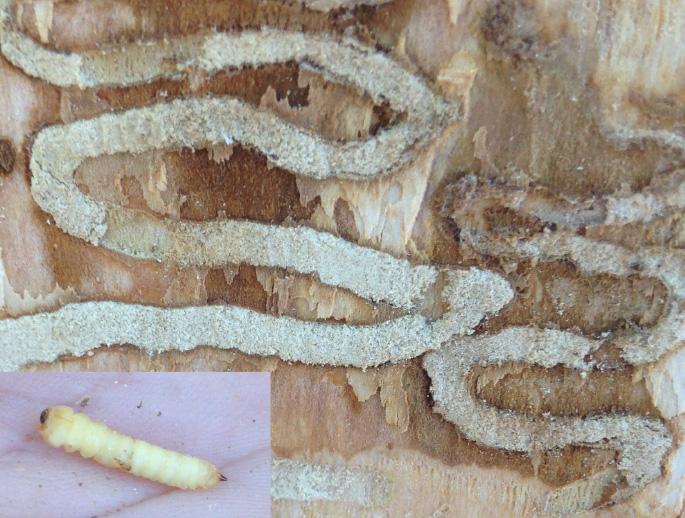

Most native insects and diseases don’t require management because they evolved in their ecosystem and have natural predators and processes that regulate their impact. For nonnative insects and diseases, we use the most recent scientific research to guide our mitigation decisions and management planning. The forest health program works to inform professionals in the field and the public of the most damaging pests and diseases. We do this by giving presentations to organizations and at events, and exhibiting at local fairs, conferences and expos.
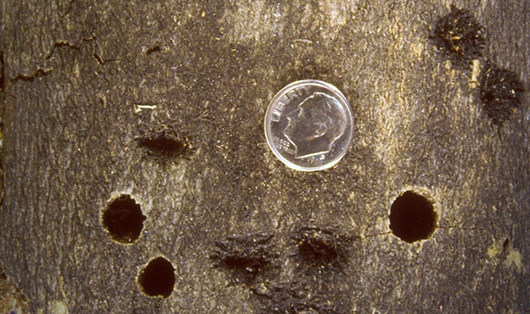
More recently, the Forest Health program has published a story map which includes an overview of the program and highlights major issues. Click here to access the story map. This map can be navigated by scrolling down and clicking left and right, and all photos and maps can be enlarged for a closer look. If you are looking for a specific pest, there are quick access tabs at the top to bring you directly to the topic you’re interested in. Maps like the aerial survey results are fully interactive and zoom in and out, users can also click on the polygons for additional information.
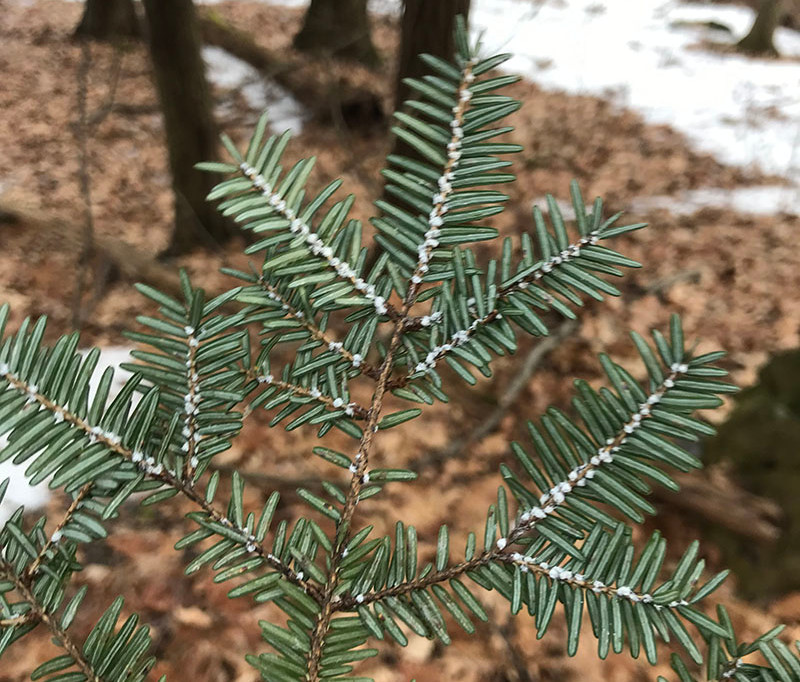
One of the program’s most popular items is the aerial survey results. Each year, with funding from the United States Forest Service, the Forest Health Program flies over the entire state and maps any disturbances seen in the canopy. Then staff visit every location on the ground to diagnose the damage-causing agent. The resulting map shows the Massachusetts forest canopy’s health. This can then be used to see what is happening in your backyard or to assist foresters in writing stewardship or management plans. The story map shows the most recent two years and includes a link to the Northeastern Forest Health Atlas which allows you to search as far back as 1918.
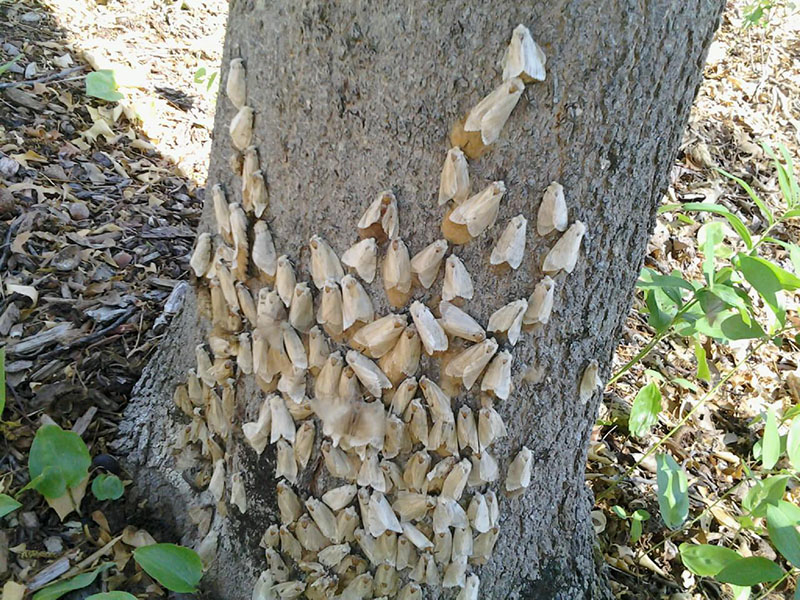
Each pest and disease section of the map includes an overall description, how it’s identified, its lifecycle, what kind of damage it causes and photos to help identify pests or diseases. When possible, it also includes where it has been found within the state and nation, as well as contact information for reporting it.

The Massachusetts Forest Health Story Map is a treasure trove of our state’s forest health information. Whether you are looking for something you’ve seen while hiking or have a client with strange signs on their trees, the story map is a great place to start your search.
About the Author
Felicia Hubacz is a Forest Health Forester and ALB Ground Survey Supervisor at the MA Department of Conservation and Recreation, Forest Health Program. She is skilled in forestry, forest health, GIS, natural resource and forest management, and tree planting. Hubacz has a Bachelor of Science (BS) focused in Natural Resources and Conservation with a minor in Forestry from University of Massachusetts, Amherst, and received additional education at UNL and Umass Amherst with a focus on entomology.
